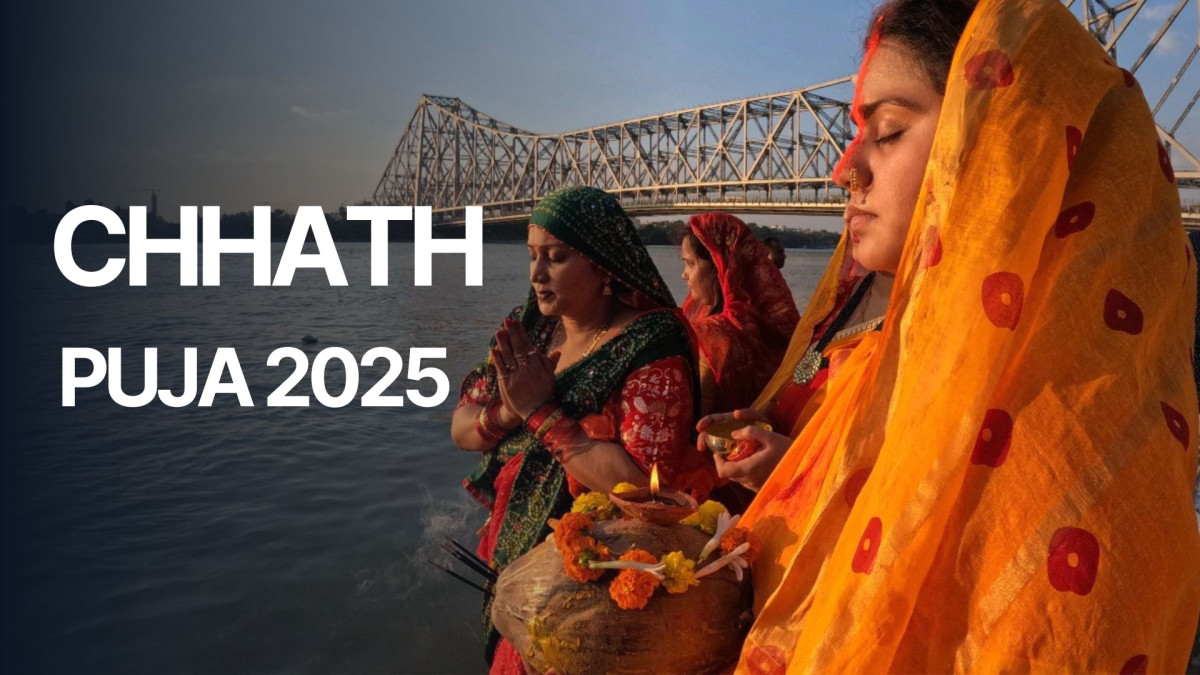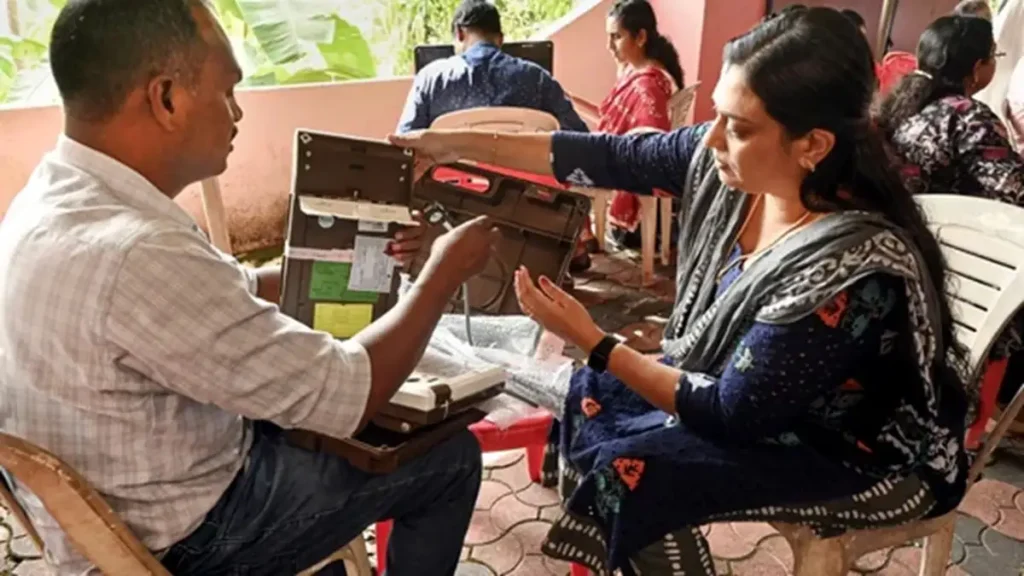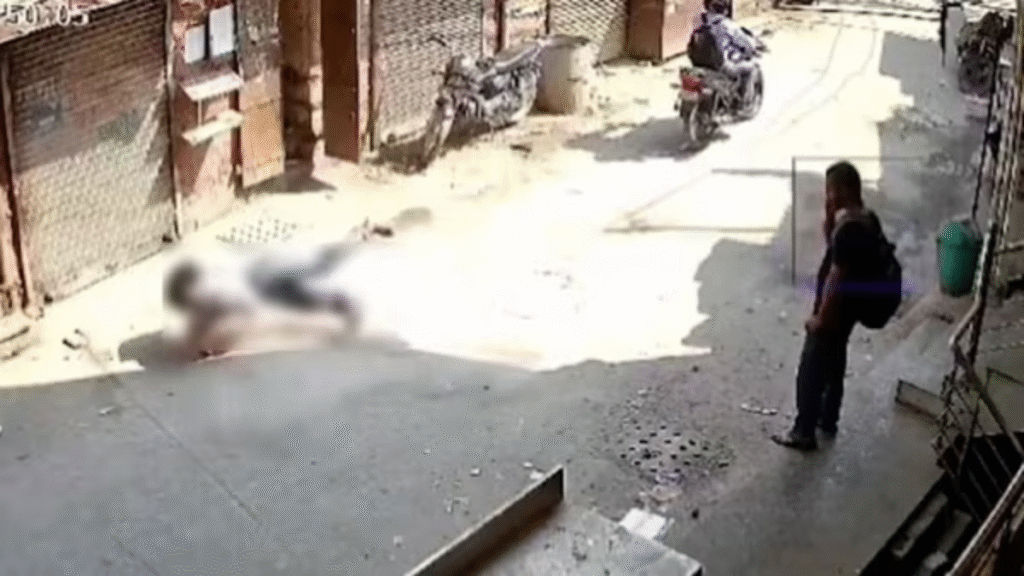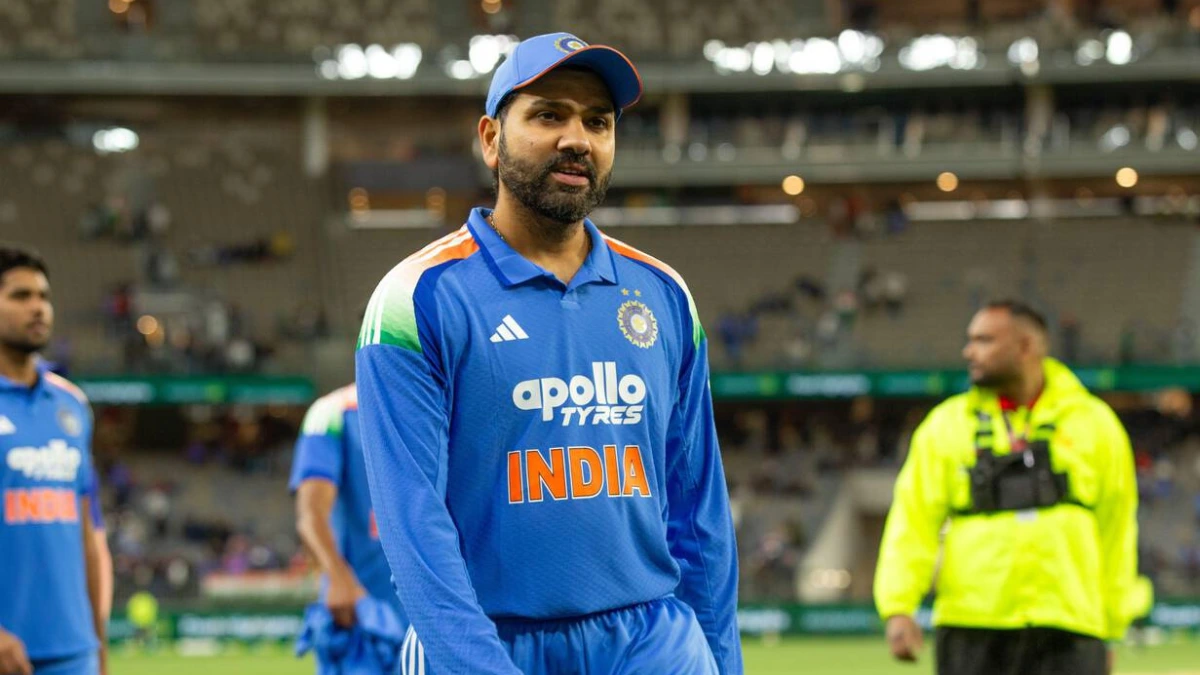Now Reading: Chhath Puja 2025: Date, History, Significance, and the Unique Four-Day Observance
-
01
Chhath Puja 2025: Date, History, Significance, and the Unique Four-Day Observance
Chhath Puja 2025: Date, History, Significance, and the Unique Four-Day Observance

Chhath Puja, an ancient and deeply revered Hindu festival, stands out as one of the most rigorously observed and spiritually significant celebrations in India, particularly in the states of Bihar, Jharkhand, and Uttar Pradesh, as well as parts of Nepal. Dedicated to the Sun God (Surya Dev) and his sister, Chhathi Maiya, the festival is a unique expression of gratitude for life, prosperity, and well-being.
Chhath Puja 2025 Dates
The four-day festival of Chhath Puja falls on the sixth day of the bright fortnight (Shukla Paksha) of the Hindu lunar month of Kartik, typically a few days after Diwali.
In 2025, the main days of the festival are as follows:
| Day | Date | Day of Week | Ritual |
| Day 1 | October 25, 2025 | Saturday | Nahay Khay (Bathing and Eating) |
| Day 2 | October 26, 2025 | Sunday | Kharna/Lohanda (Day-long Fast) |
| Day 3 | October 27, 2025 | Monday | Sandhya Arghya (Evening Offerings to the Setting Sun) |
| Day 4 | October 28, 2025 | Tuesday | Usha Arghya (Morning Offerings to the Rising Sun) & Parana (Breaking the Fast) |
History and Associated Legends
Chhath Puja is believed to be one of the oldest Vedic festivals, with its roots traced back to ancient scriptures like the Rigveda, which contains hymns dedicated to the Sun God. The festival’s name, ‘Chhath,’ literally means ‘sixth,’ referring to the sixth day of the lunar month when the main rituals take place.
Several legends from Hindu mythology are associated with its origin:
- The Mahabharata Connection (Karna and Draupadi): It is widely believed that Karna, the son of the Sun God (Surya) and Kunti, initiated the practice. Karna was known to stand in the water and offer prayers to the Sun daily, which gave him immense power. Another legend suggests that Draupadi performed the Chhath Puja to overcome the challenges faced by the Pandavas during their exile and to help them regain their lost kingdom.
- The Ramayana Connection (Mata Sita): Some devotees believe that Lord Rama and Mata Sita observed a fast and worshipped the Sun God on the sixth day of the Kartik month upon returning to Ayodhya after their 14-year exile, leading to the tradition of Chhath Puja.
- Worship of Chhathi Maiya: The central deity of the worship, alongside Surya Dev, is Chhathi Maiya. She is believed to be the sister of the Sun God and a form of the Goddess Prakriti (Nature), sometimes identified with Devasena, the consort of Skanda (Kartikeya). She is primarily revered as the protector of children and the giver of offspring.
Significance and Facts
Chhath Puja holds profound significance, representing a deep bond between humans and nature.
- Gratitude to Nature: It is the only major Hindu festival where the setting sun is worshipped first, followed by the rising sun. This signifies the belief that life’s cycle of creation and destruction, beginning and end, must be revered equally. The festival is a way of thanking Surya Dev for sustaining life and seeking his blessings for prosperity and longevity.
- The Discipline of Purity (Vrat): The devotees, or Vratis (most often women, but sometimes men), observe a Nirjala Vrat—a strict fast without food or a single drop of water—for nearly 36 hours. This level of abstinence is considered an extreme act of devotion, purity, and spiritual discipline, designed for physical and mental detoxification.
- Scientific and Environmental Harmony: The rituals, which involve standing waist-deep in a water body during sunrise and sunset, are often linked to scientific benefits. The timing of Arghya (offerings) is believed to coincide with a period when the Sun’s UV radiation is lowest, allowing the body to safely absorb the maximum energy, including Vitamin D. Furthermore, the emphasis on using natural, biodegradable offerings underscores the festival’s deep connection to environmental preservation.
- A Festival Without Idolatry: A notable fact is that, unlike many Hindu festivals, Chhath Puja does not involve the elaborate use of idols. The main focus is the direct worship of the Sun, the visible manifestation of God.
Rituals and Celebration: The Four Days
The festival is an elaborate affair, marked by meticulous purity, discipline, and communal celebration.
Day 1: Nahay Khay (Bathing and Eating)
The first day marks the purification process. Devotees take a holy dip, preferably in a sacred river like the Ganga, and bring the water home to prepare a simple, purely vegetarian meal. The traditional meal often consists of lauki-bhaat (bottle gourd and rice) and chana dal (split gram lentils), cooked without onion or garlic, symbolizing the cleansing of the body and mind before the rigorous fast begins.
Day 2: Kharna or Lohanda (Day of Fasting)
On this day, the Vratis observe a complete fast from sunrise to sunset. The fast is broken in the evening after performing a special prayer and offering to the Sun God and Chhathi Maiya. The prasad (offering) typically includes Rasiya (a special Kheer made with jaggery and rice) and rotis (flatbread). After consuming this prasad, the 36-hour-long Nirjala Vrat (fast without food or water) commences.
Day 3: Sandhya Arghya (Evening Offerings)
This is the main day of the Puja. Devotees remain on the strict fast and spend the day preparing the prasad and gathering items. The offerings are meticulously arranged in bamboo baskets (soops or daura) and carried to the banks of a river or a clean water body.
As the sun begins to set, the Vratis enter the water and offer the Sandhya Arghya (offering to the setting Sun). Standing waist-deep in water, they hold the basket of offerings towards the Sun, praying for the well-being and prosperity of their family. The evening is filled with traditional Chhath folk songs sung by women, creating an atmosphere of deep reverence and community bonding.
Day 4: Usha Arghya and Parana (Morning Offerings and Breaking the Fast)
The final day begins before dawn. Devotees and their families return to the water body to await the sunrise. They repeat the ritual of standing in the water, and as the Sun emerges, they offer the Usha Arghya (offering to the rising Sun). This ritual symbolizes new beginnings, hope, and the continuation of the life cycle.
After the morning offerings, the Vratis conclude their 36-hour fast, a ritual known as Parana or Pāran. The fast is broken by consuming a small piece of the prasad (often thekua and ginger with water) from the offerings, followed by distributing the prasad to family, friends, and neighbors.
The four days of Chhath Puja are a testament to self-discipline, unwavering faith, and the eternal bond between humanity and the life-giving forces of the cosmos.










